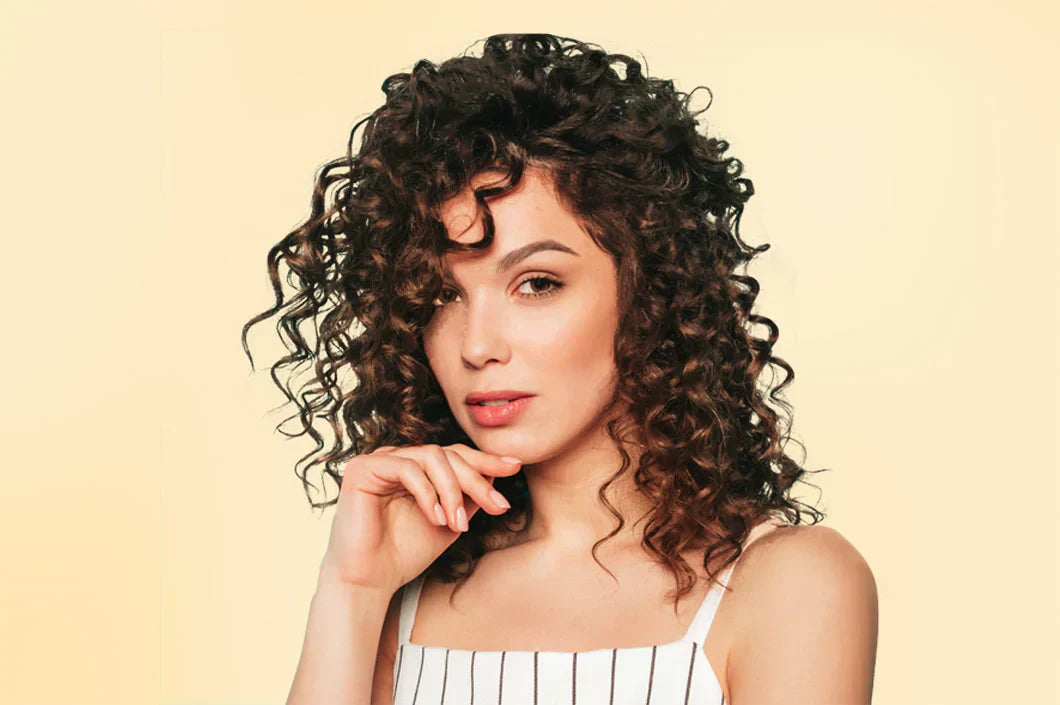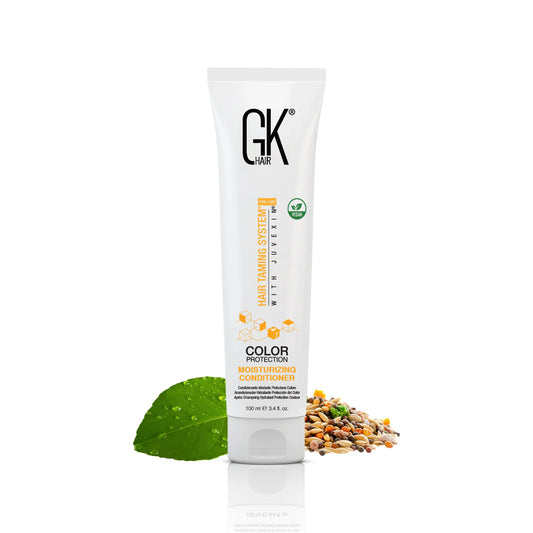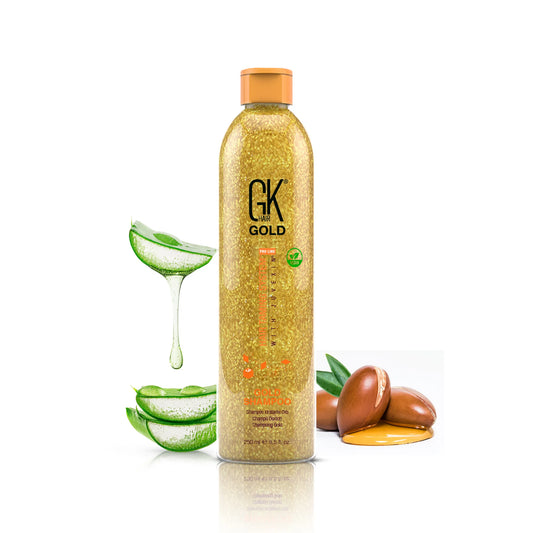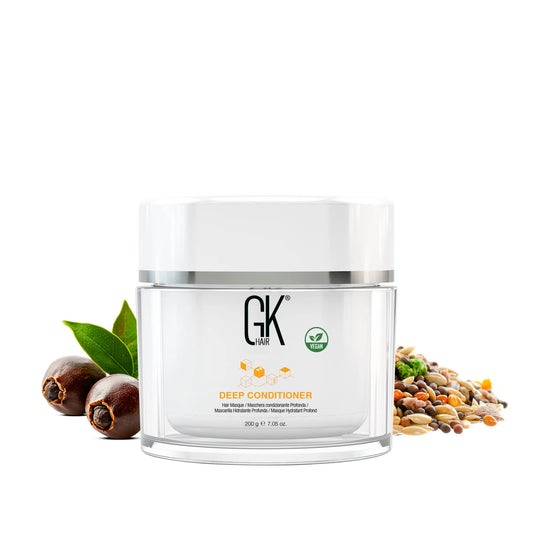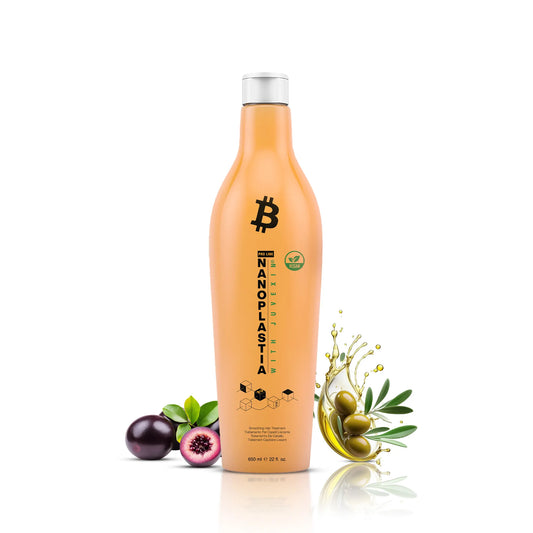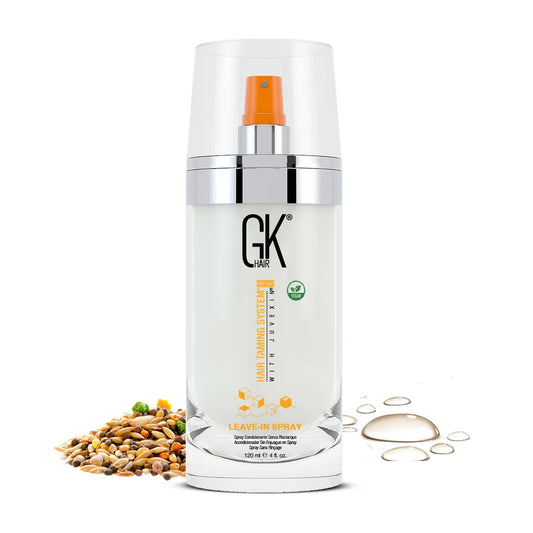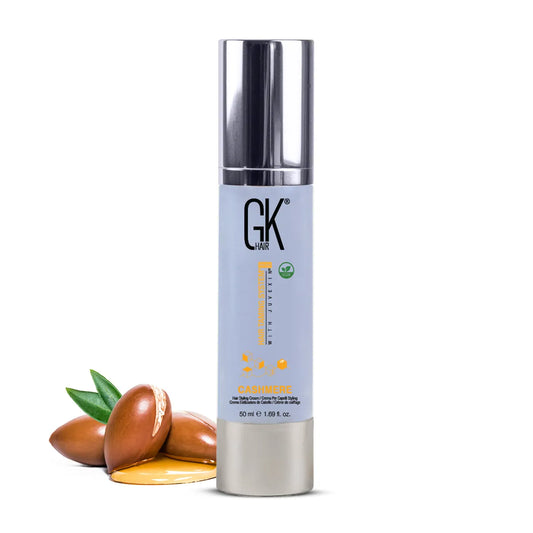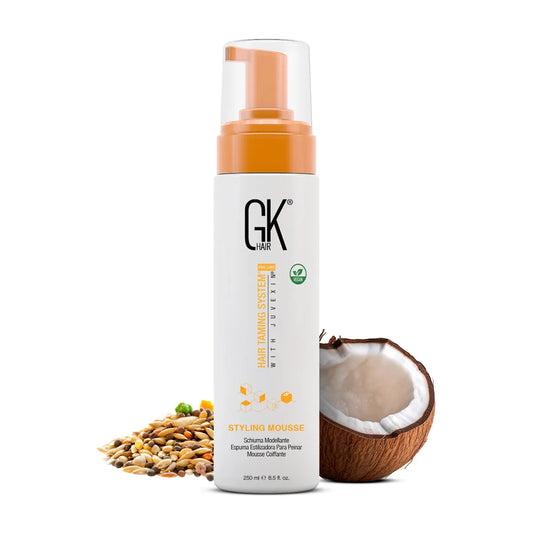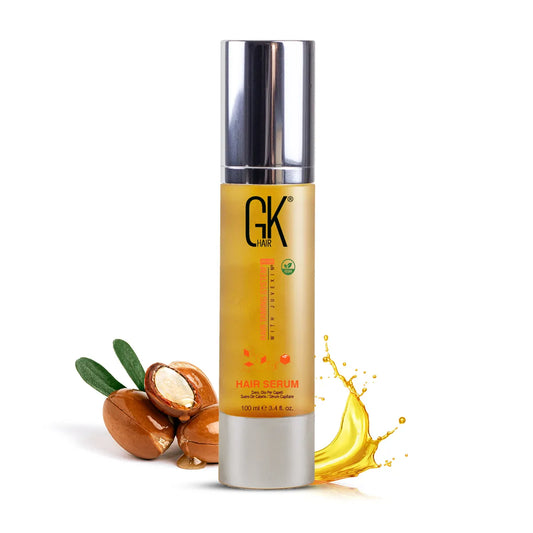Even with the curl identification system, many people still find knowing which wavy hair type they have a struggle. Now, here's the thing: Spotting which one you have makes a lot of difference in providing care. This makes it easier to feed your hair what it craves.
What Does Wavy Hair Look Like?
Wavy hair tends to have many forms. Some may appear almost straight, while some resemble curls. The difference? Wavy hair can be as simple as soft beachy bends or as defined as deep ripples. It comes down to three main things: shape, volume and texture.
2A Wavy
This is almost fine, but with tousled waves, looser and stretched-out at the ends. You could easily run a comb through your hair, straighten it out and style it with lightweight hair care products. 2A wavy hair doesn't battle with frizz and all that, but split ends can be a problem. Hair being weighed down easily is also a potential problem. To give volume, you may need to reach for a lightweight styling mousse. Try GK Hair's Styling Mousse for the finest luxe and softness your waves can put on.
2B Wavy
2B Wavy-haired girls are those with voluminous and tighter waves. More often than not, those with 2B hair have a mix of 2A too. It could be a blend of two or more textures—and that's completely normal. Don't stress, choose the most dominant texture and run with it. Many of us are in-between types and are unsure. 2B waves will thrive with curl-defining creams and other products that elevate bounce rather than stiffen movement. Leave-In Sprays and Curl Creams are your best bet for a beautiful and brilliant wavy hair game.
2C Wavy
Here comes the queen of waves. They form a letter s-shape, only that they are not as springy as type 3 hair, which is categorised as curls. However, among wavy hair types, 2C hair occasionally battles frizz and dryness. In between structure and softness, you can find your place, with an Argan Hair Serum and Leave-In Conditioner Spray combo.
How to Identify Your Wavy Type
Wavy hair is very unpredictable, but you can still get to know it, hone it and love it. Begin by following a quick test. This test is the absolute blueprint for all wavy hair types. Not only this, styling becomes a breeze, and you can now give it exactly what it requires.
-
Wash hair as you normally would with a gentle, sulphate-free Moisturising Shampoo and Conditioner. Wavy hair types are best checked when clean and dried—no products, no heat.
-
Rinse out thoroughly—but scrunch as you do that.
-
Blow-dry hair with a microfibre towel or an old T-shirt.
-
Let your hair dry naturally too—no touching or brushing at this point
-
Now watch; If it dries with a wavy structure, then you have wavy hair.
Identifying your wave type is more than just looks—it helps you tackle frizz and walk with volume. The tighter the waves and the more body it has, the closer you are to type 3A curls. What this simply means is that 2C hair is more wavy than 2B wavy, and those with 2B hair have hair that is more wavy than 2A hair.
Other Characteristics of Wavy Hair—Hair Porosity Matters
Figured out your wavy hair type yet? That's half the battle. The other half is to treat them right. The right hair care tailored to your specific wave type and condition is required for healthy, wavy hair with less fuss. Hair porosity is another thing that sets wavy hair apart. Hair porosity is your hair's ability to absorb and hold water when extremes of temperature or other factors set in.
High Porosity
The cuticles (pore spaces) are very open. This makes it easy for moisture to get into the hair shaft. However, moisture that gets in easily also leaves easily, as the cuticles are still very open. This is the struggle of those with high porosity hair. They always have to supply hydration to combat dryness.
Medium Porosity
The cuticles are moderately open—just enough for moisture to be absorbed, and yet don't leave as quickly. Those with medium porosity hair have many great hair days with minimal care.
Low Porosity
Cuticles are tightly closed, difficult for moisture to get in or even leave. But here's the deal: Moisture that gets in can stay for a while, which leaves the hair healthy. Once this is clear, you can give your hair the care it deserves with curl products.
Hair Care Tips for All Wavy Hair Types
If wavy hair could talk, it would ask for this care:
Wash With Care
Shampoos specifically formulated for curls and waves, like GK Hair's Gold Shampoo, cleanse gently without removing the hair's moisture and oil. Beyond products, there are methods to wash and care for your waves. First, ensure your scalp is wet. Apply a generous blob of shampoo to your palm and rub it together or apply it directly to your scalp. Rub gently with your fingertips to create a mild lather while scrubbing off dirt. Don't use a comb for this, just your hands. Rinse off the dirt and products completely.
Deep Treat Weekly
For deep hydration and repair of damaged hair, the deep conditioning masque is just the perfect fit to help you achieve natural and stunning waves. GK Hair's Deep Conditioner contains ingredients such as aloe vera, argan oil and jojoba oil, which hydrates hair when used correctly.
Go Easy With Hot Tools
We can't tell you to totally ditch hot tools. While we can't, you should go for what's safest for you. Heatless styles can help you take a break from using hot tools, giving your hair time to recover strength, sebum and shine. When you want to blow-dry or flat iron, you need to set the temperature to the lowest. Next, shield your hair from heat with a heat protectant like GK Hair's ThermalStyleHer Cream.
Is your hair experience a good one? Read: How to Achieve a Good Hair Day Every Day
Bottom Line
Understanding wavy hair types helps you build a pattern and a care routine around it. All wavy hair types need TLC, and when you eventually know your wave type, start loving it a little more with GK Hair Products and watch it pop.


